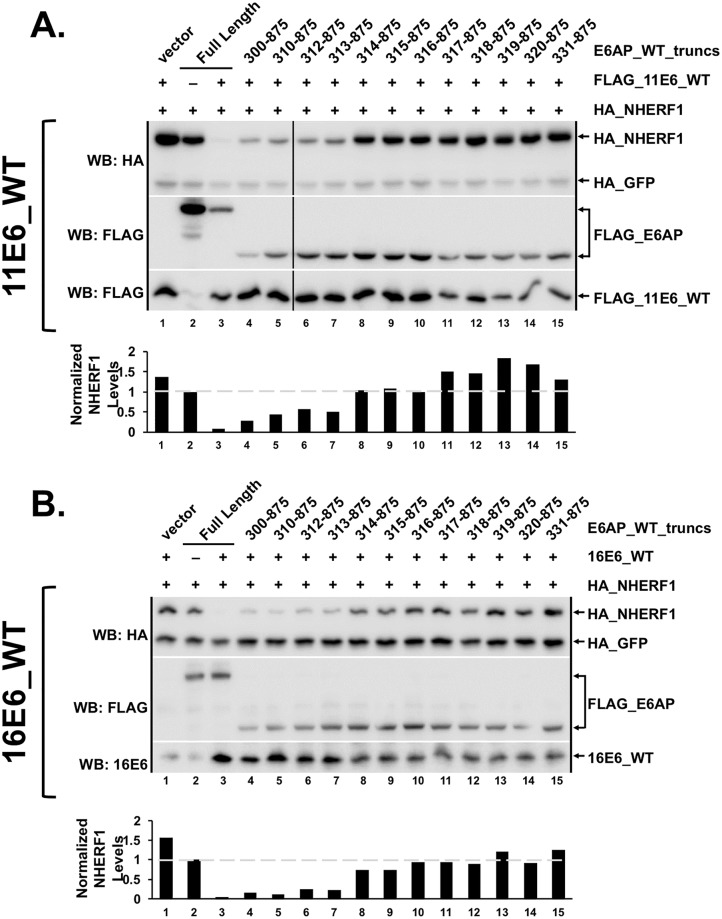Fig 6. Low-risk and high-risk E6 proteins require the same amino terminal region of E6AP to initiate degradation of cellular substrates.
NHERF1 degradation lost in the presence of a ubiquitin active truncation E6AP 314–875 with both (A) low-risk 11E6 and (B) high-risk 16E6. The listed FLAG_E6AP_WT truncations were co-transfected with HA_NHERF1 (0.75 ug), HA_GFP (0.08 ug), and FLAG_11E6_WT (2 ug; panel A) or 16E6_WT (2 ug; panel B) into E6AP-null 8B9 cells and HA_NHERF1 expression analyzed by western blot. HA_GFP was co-transfected as a transfection control. Bar graphs below western blots indicate quantitation of HA_NHERF1 protein levels first normalized to HA_GFP to account for transfection variability and then normalized to HA_NHERF1 protein levels in the presence of full length E6AP with no co-expressed E6 (lane 2). E6AP amino terminal truncation to residue 314 displays a lack (with 16E6_WT) or loss (with 11E6_WT) of targeted NHERF1 degradation. The shown experiment is representative of four separate experiments.

